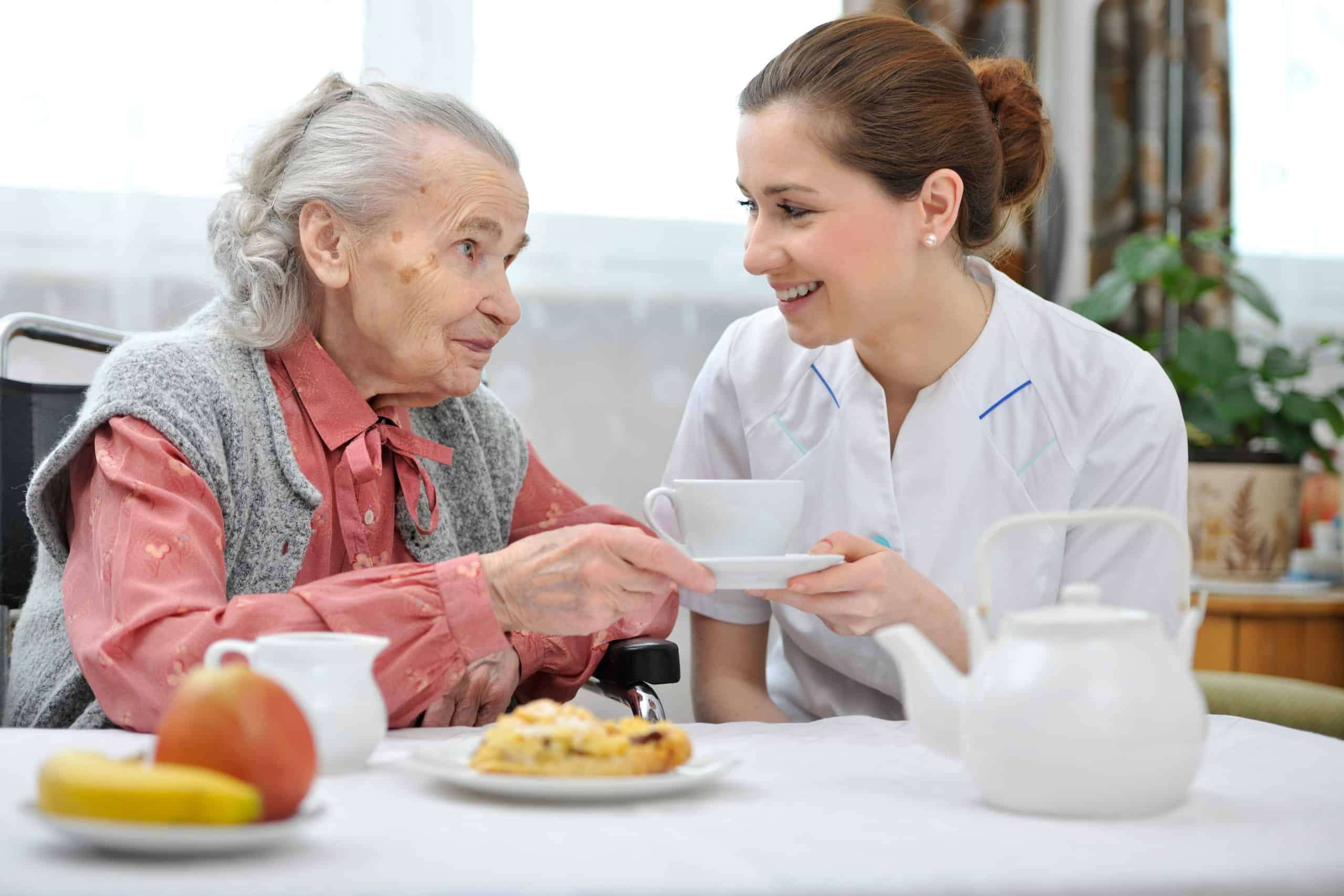Last Updated on June 19, 2024 by Frank Davis
Once a patient enters hospice care, they no longer need to eat or drink as many foods or liquids as they used to. The body is slowing down its metabolism, which makes actions like forcing food and liquids to somebody in hospice care become detrimental in easing their suffering. While some believe that eating more food can increase a patient’s strength or extend their life, research does not support this.
Food is often associated with pleasure. In fact, many use food as a coping mechanism. The dramatic rise in the popularity of food-themed shows should be an indication of the heightened stress levels of everyday adults today. When we eat, we can experience euphoria, warmth, and comfort. Knowing this, we may want to help a loved one experience these benefits of food while in hospice care. However, this will not be the best thing to do.
In this article, we will go over what is the best hospice nutrition and end of life nutrition strategy to abide by. After all, you want to make their final days as enjoyable as possible. After you are done reading this article, you will know how to do just that.
What Happens to Someone’s Body During Hospice Care
When someone has less than six months left to live, their body will begin to slow down. This means the metabolic processes will significantly drop. The result of that drop is that they will need less energy and oxygen. As time goes on, a patient in hospice care may feel their appetite is dropping. This makes sense considering a person’s digestive system is the first one to stop working during the end of life process.
Nurses and doctors are well-aware of this being the first sign that a patient has begun the dying process. Family members of the patient may become distressed, given that they associate eating food with living. That is why it is not uncommon for family members to try and force liquids and foods to their loved ones. Officially, hospice nutrition guidelines recommend avoiding taking these sort of measures.
By forcing food and liquids onto a hospice patient who does not need them, you run the risk of causing them additional pain and suffering during their last days. Your loved one is not starving to death. What is happening is that their digestive system has begun to shut down, leading them to require far less energy than before.
The ideal way to supply end of life nutrition is to listen to the patient. Offer them food and water only when they request it. That will be a telltale sign they need it. They are listening to their body and know better than anyone when they are hungry and thirsty.
A patient who is in hospice care has essentially two responsibilities over the course of their last days. They should eat when they are hungry and enjoy their food while doing so. If they are not hungry, then they should not eat. It’s that simple! There is no need to bring in any shame or guilt into the mix. If they are enjoying their food, then they should eat it. If they don’t enjoy it, they shouldn’t eat it. Understanding this can help you release some of the guilt you may have by not feeding them when you believe they are not eating enough.
What Happens When You Force Food and Water to a Hospice Patient
When a patient has transitioned into hospice care, they will no longer receive an increased quality of life due to over eating or drinking. When you force them to eat or drink, they will actually experience a number of unwanted and uncomfortable side effects, including:
- Shortness of breath
- Bloating
- Nausea
- Vomiting
- Gastric reflux
- Aspiration
End of life nutrition needs to be approached carefully. It becomes much more challenging to swallow due to the muscles involved in swallowing becoming progressively weaker. If food is forced on patients in hospice care, they run the risk of choking.
If you think that providing fluids by using an IV is any safer, then think again. It will cause further complications that are not worth the risk. These could include:
- Edema
- Swelling of tissue
- Fluid overload
What You Can Do to Help Hospice Patients
Even though you cannot improve the health or well-being of someone in hospice care using food and liquids, there are several things you can do to help your loved ones. Some actions you can take to help stick to proper hospice nutrition are the following:
- Allow the hospice patient to decide when they eat or drink.
- Avoid giving them foods that possess strong odors.
- Avoid giving them heavy or fried foods.
- Offer them foods that can be chewed and swallowed easily.
- Reposition them into an upright position when they eat.
- Provide them with ice chips, popsicles, or moistening swabs if they experience dry mouth.
Conclusion
There is quite a bit of confusion and misunderstanding when it comes to hospice nutrition. Since hospice care is focused on making a patient’s last days as enjoyable and comfortable as possible, it is important to understand what the proper end of life nutrition is. Now that you know what can help or hurt a loved one in hospice care, you can adjust how you approach feeding them. This will result in them enjoying a better quality of life during their time of transitioning.














